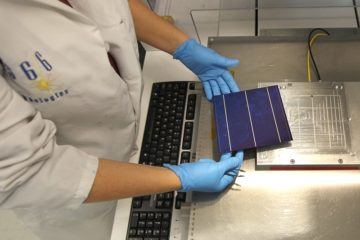Jeff Tollefson in Nature:
 US President Joe Biden’s administration wants to create a US$6.5-billion agency to accelerate innovations in health and medicine — and revealed new details about the unit last month1. Dubbed ARPA-Health (ARPA-H), it is the latest in a line of global science agencies now being modelled on the renowned US Defense Advanced Research Projects Agency (DARPA), whose work a generation ago laid the foundation for the modern Internet.
US President Joe Biden’s administration wants to create a US$6.5-billion agency to accelerate innovations in health and medicine — and revealed new details about the unit last month1. Dubbed ARPA-Health (ARPA-H), it is the latest in a line of global science agencies now being modelled on the renowned US Defense Advanced Research Projects Agency (DARPA), whose work a generation ago laid the foundation for the modern Internet.
…The US Department of Defense established DARPA in 1958, one year after the Soviet Union launched the world’s first satellite, Sputnik 1. The goal was to avoid falling behind the Soviets, and to ensure that the United States remained a world leader in technology. DARPA was instrumental in early computing research, as well as in developing technologies such as GPS and unmanned aerial vehicles (See ‘Following in DARPA’s footsteps’).
DARPA functions differently from other major US science funding agencies, and has a leaner budget ($3.5 billion). Its roughly 100 programme managers, borrowed for stints of 3–5 years from academia or industry, have broad latitude in what they fund, and actively engage with their teams, enforcing aggressive deadlines and monitoring progress along the way. By comparison, projects funded by agencies such as the US National Institutes of Health (NIH) typically see little engagement between programme managers and the researchers they fund, beyond annual progress reports. Projects funded by these agencies also tend towards being those that are likely to succeed — and thus typically represent more incremental advances, says William Bonvillian, a policy researcher at the Massachusetts Institute of Technology in Cambridge who has studied DARPA.
More here.
